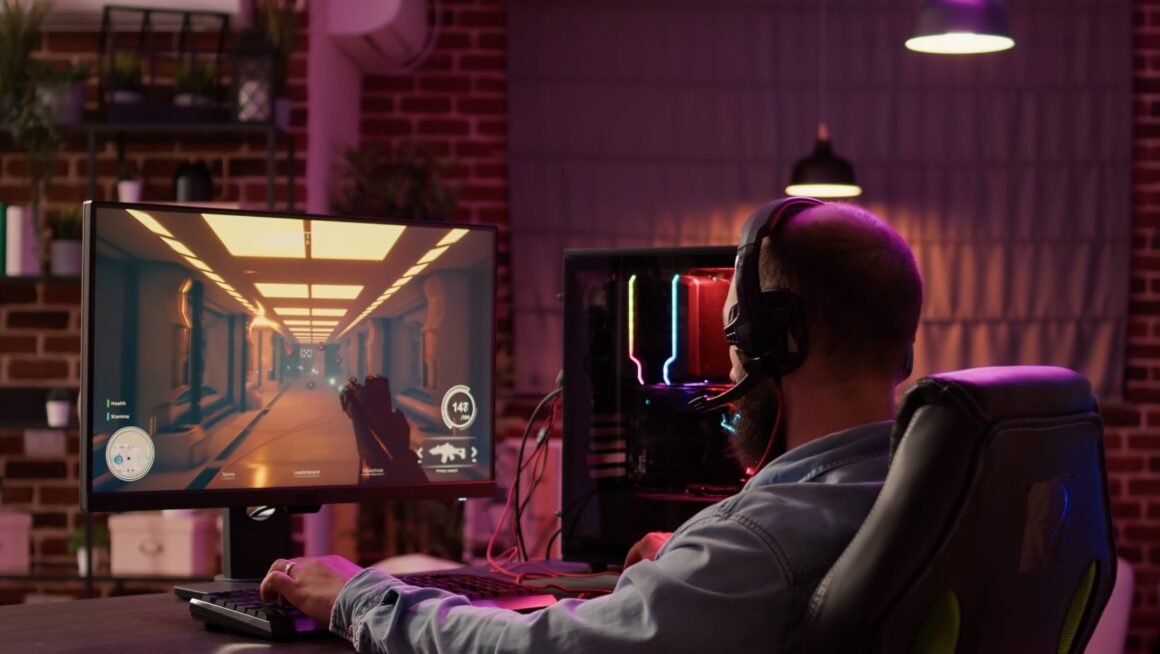Counter-Strike 2 has won the hearts of players thanks to its dynamic gameplay mechanics and, of course, its rich skin system. Every day, thousands of users participate in skin buying, selling, and trading transactions, making the skin market quite active and risky. Many newbies and even experienced players encounter several mistakes that can negatively affect their skin trading experience. In this article, you will learn about the most common mistakes when trading skins in CS2, as well as get tips that will help you participate in this activity as effectively as possible.
What Is CS2 Trading?
Skin trading in Counter-Strike 2 is an exciting and multifaceted process that allows players to not only customize their inventory but also make a profit from it. In CS2, skins are cosmetic additions that change the appearance of weapons and characters but do not affect their functional characteristics. Each CS2 skin has its own unique rarity and condition, which directly affects its value.
The process of skin trading in CS2 involves buying, selling, and exchanging skins between players. Players can exchange skins through the Steam marketplace or third-party platforms. The skin market operates on the principle of supply and demand, where rare and popular skins can reach a value of several thousand dollars.
Common Mistakes When Trading CS2 Skins
Trading CS2 skins can be an exciting and profitable activity. Every day, thousands of players actively participate in exchanging, buying, and selling skins; however, in order to successfully participate in this activity, it is important to study the basics of the market and be aware of potential pitfalls that can ruin all plans. Let’s look at the main mistakes that can be made in CS2 skin trading.
Choosing Wrong Trading Platforms
Choosing CS2 markets for trading skins can be a crucial factor for your success and safety. There are many trading sites today, which makes choosing the right resource a difficult task for beginners. Choosing the wrong platform can not only reduce your profits but also put your funds, skins, and personal data at risk.

When choosing a platform, you should pay attention to several key aspects. First, make sure the site is reliable and reputable. Trusted platforms, such as the Steam Market, offer a high degree of security and confidence in the authenticity of the skins. However, it is worth remembering that the Steam market charges a significant commission on each transaction, which can make it less profitable to trade expensive skins.
In addition, it is important to consider the platform’s fees, the presence of a user-friendly interface, and support for various payment methods. Some third-party platforms may offer better terms, bonuses, unique CS2 cases, and low commissions, making them attractive to those who actively trade expensive skins. For trading, choose the leading CS2 markets. Sites with good reviews are unlikely to disappoint you.
Incorrect CS2 Skin Price Estimate
Mispricing a skin is one of the most common mistakes newbies make when trading CS2 skins. Pricing a skin requires careful analysis of many factors, and being unprepared can cost you significant amounts of money. For example, if you underestimate the value of a rare skin like the AK-47 Wild Lotus, which can be worth several thousand dollars, and sell it for a few hundred, you will miss out on a lot of potential profit. On the other hand, if you overestimate a skin and buy it at an inflated price, thinking you can sell it for a profit, but find out that its price is much lower due to its prevalence, this will also result in losses.

To avoid such mistakes, it is important to understand all aspects that affect the value of a CS2 skin, including the skin’s collection, float value, StatTrak presence, and other features.
Not Paying Attention to The Skin Market
Ignoring changes in the skin market is one of the most critical mistakes that CS2 traders can make. The Counter-Strike skin market is a dynamic and ever-changing environment where prices can fluctuate significantly based on a variety of factors, such as in-game changes, new skin releases, tournaments, or global events. For example, when CS became available to players in China, the market suddenly experienced a surge in demand, causing many skins to increase in price significantly. Those who did not monitor the changes and take advantage of the momentum missed out on the opportunity to profit from this surge in interest.
Wrapping It Up
Successful skin trading in CS2 requires a careful approach and a deep understanding of the market. We’ve covered several key mistakes, such as choosing the wrong trading platform, mispricing skins, and ignoring market trends. Understanding and avoiding these common mistakes will help you navigate the dynamic skin economy better and significantly increase your chances of success.

